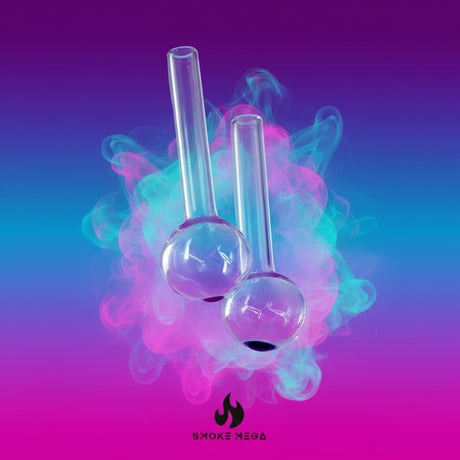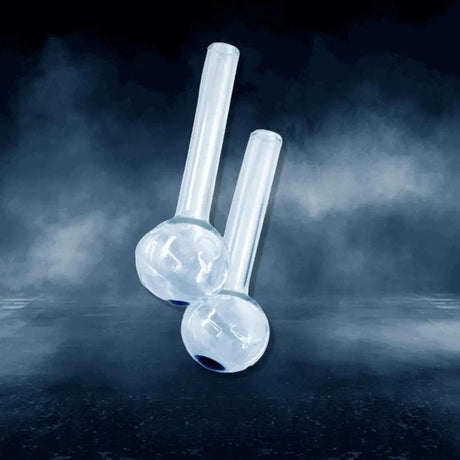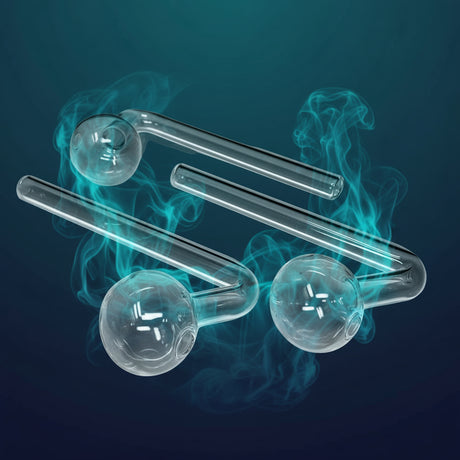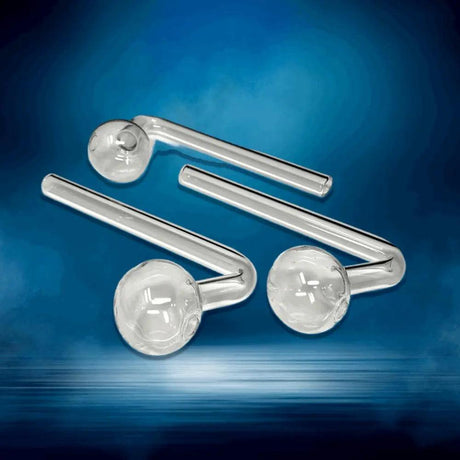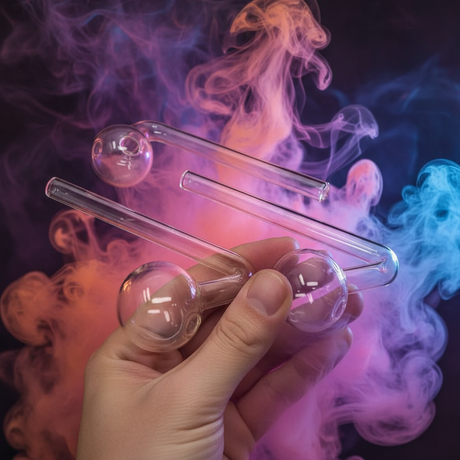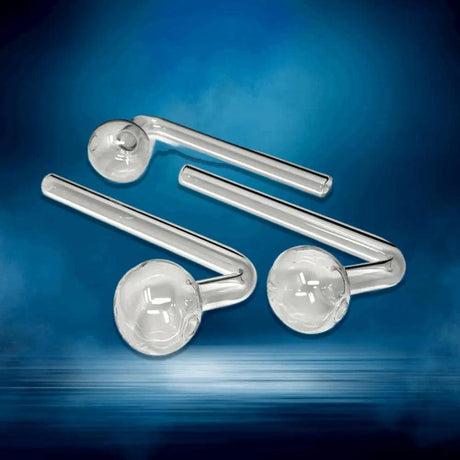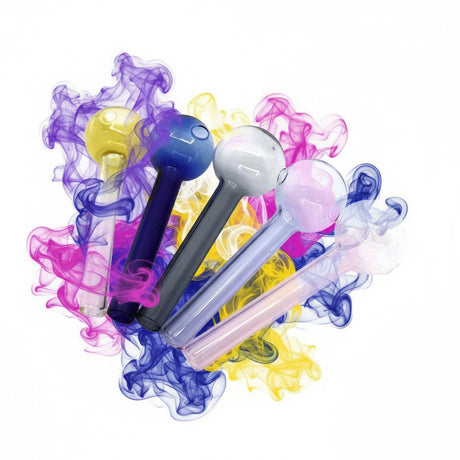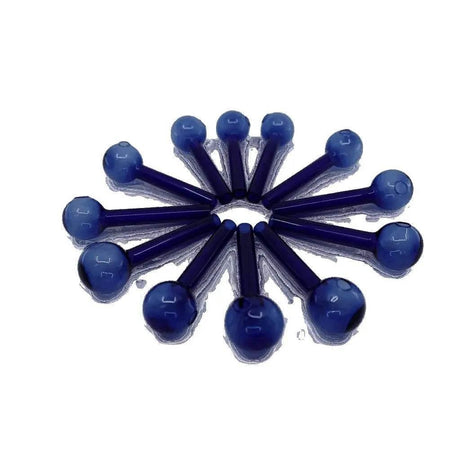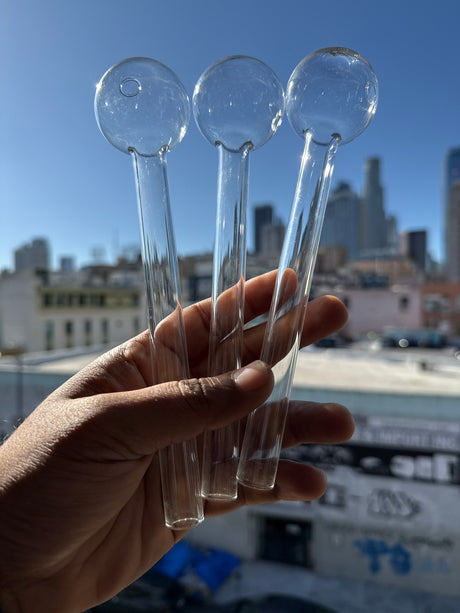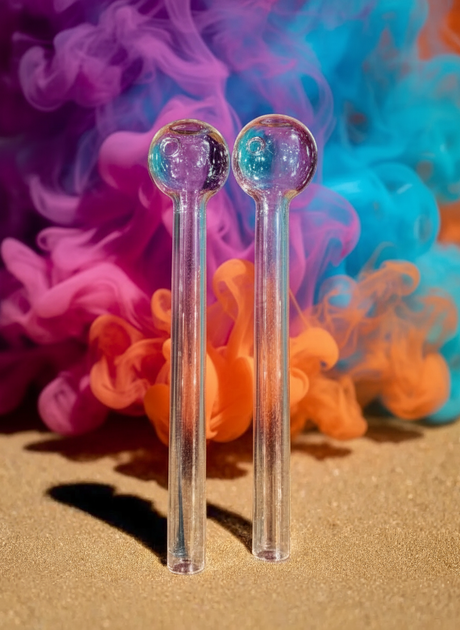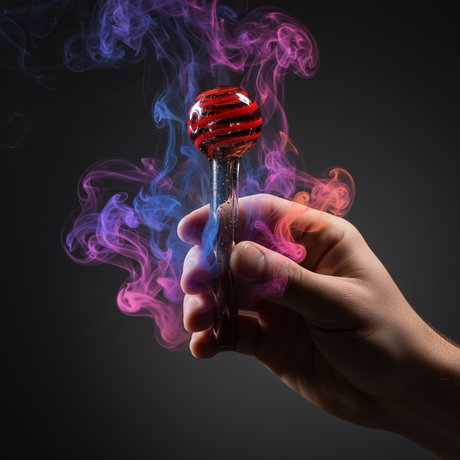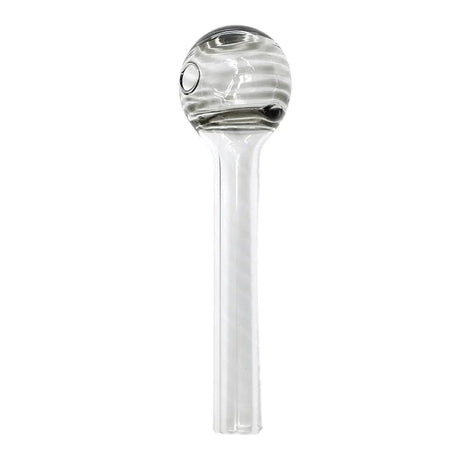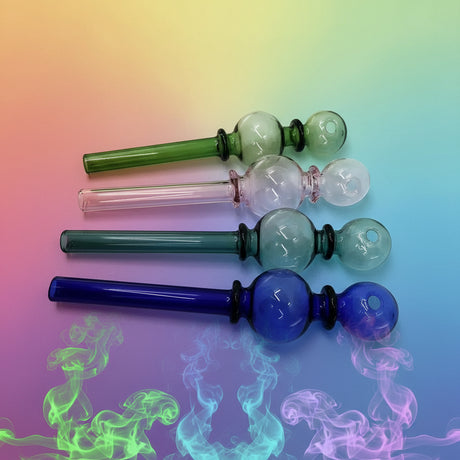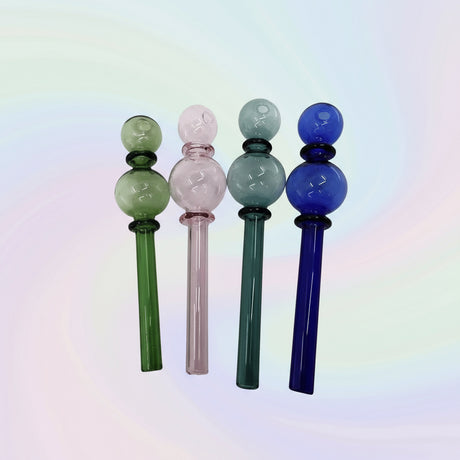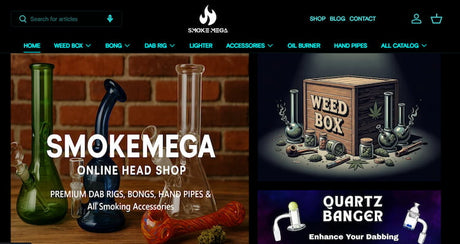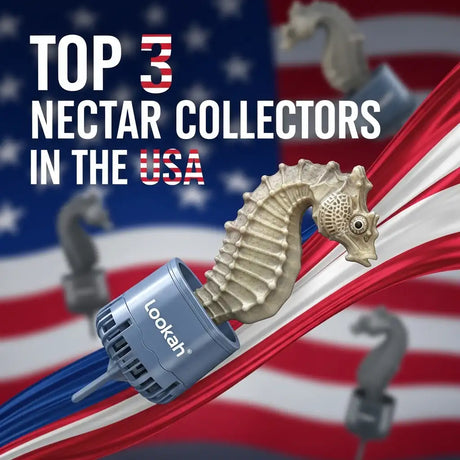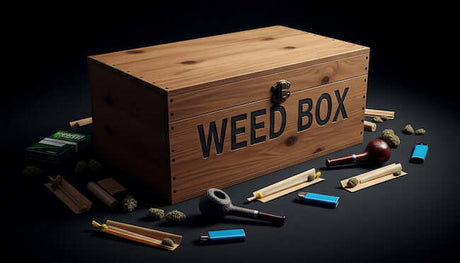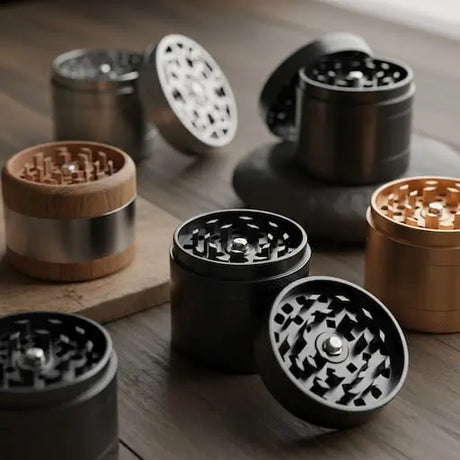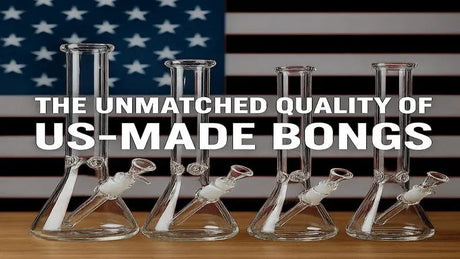Recent Posts
The Ultimate Thanksgiving & Friendsgiving Gift Guide: Perfect Picks for Every Budget
Published on November 12, 2025
Cyber Monday Steals: Top Bongs, Dab Rigs, and Oil Burners for the Best Value
Published on November 12, 2025
The Ultimate Black Friday Stocking Stuffer Guide (Awesome Gifts Under $30)
Published on November 12, 2025
Your Go-To Online Smoke Shop: Discover Top Bongs & Dab Rigs for Effortless Hits
Published on October 03, 2025
Top 3 Nectar Collectors For Sale In The USA
Published on July 20, 2025
Premium Weed Box Prices in 2025: $39.99 to $149.99: Unbeatable Value
Published on July 09, 2025
Can you use acetone to clean a bong?
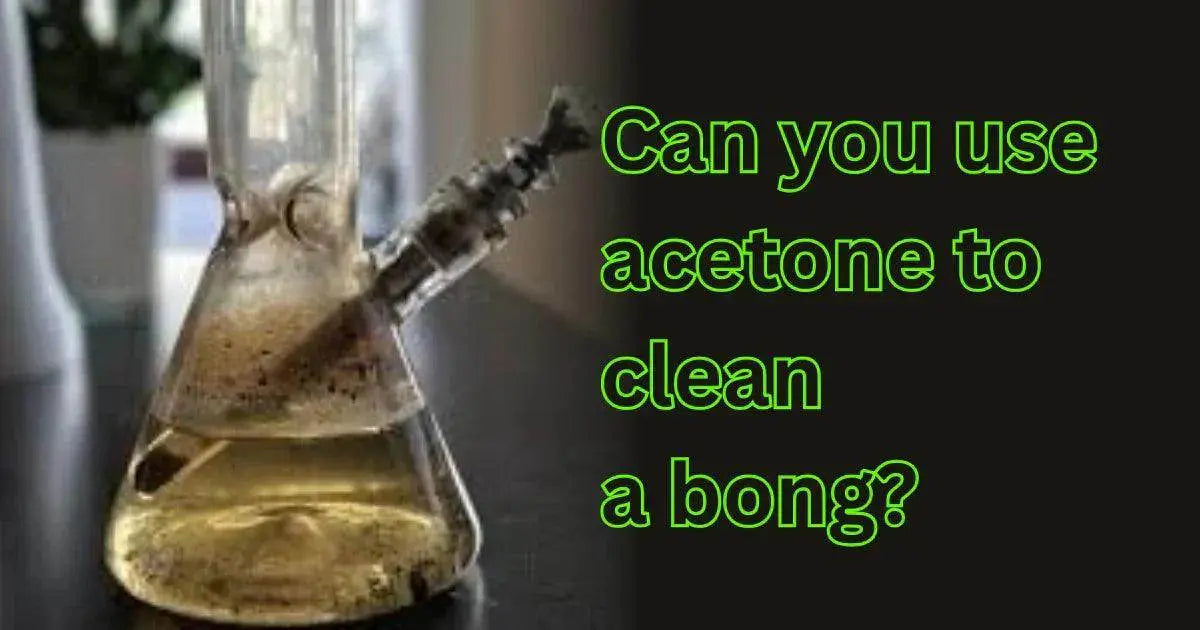
Smoke MEGA |
A bong is a tool many people use to smoke herbs, such as cannabis. It works by filtering smoke through water, which helps cool it down. Over time, that water and glass can collect sticky brown stuff called resin. If you don’t clean it, the bong can start to smell bad, taste worse, and even be harmful to your health.
Cleaning your bong keeps the smoke smooth and the experience better. Some folks wonder if acetone, a strong cleaner found in nail polish remover, is a good choice. It might work, but is it safe?
What Is Acetone?

Acetone is one of those things you may have used without knowing its name. It’s a clear, strong-smelling liquid that breaks down sticky or greasy messes. Many people know it from nail polish remover, but it’s also used in labs, factories, and garages. Because it’s so good at dissolving things, some people wonder if it can clean a bong. But just because something is powerful doesn't mean it's safe for everything.
Easy Definition of Acetone
Acetone is a chemical solvent, which means it can dissolve other substances. Its scientific name is C₃H₆O, and it is part of a group of chemicals called ketones. It works well and dries in a short time. That is why people use it to clean up things like glue, paint, or oil. But it is also flammable and can give off strong fumes that are not safe to breathe.
Where is acetone found?
You’ll find acetone in many places. It’s in nail polish remover, paint thinner, and some industrial cleaning products. Workers in auto shops, labs, and factories use it to clean tools or parts. The human body also produces it in small amounts without artificial processes. However, it becomes a health risk when used in large amounts or closed spaces.
Can you safely use acetone on a bong?
You can use acetone to clean a bong, but it’s usually not the safest choice. Acetone is a strong chemical that breaks down sticky stuff like resin and tar quickly. People sometimes use it on glass because it doesn’t cause damage. But cleaning something you smoke from is different. What goes in your bong should be safe to breathe in later.
Why can this be risky?
Acetone gives off strong fumes that can harm your body. Breathing it in can make you feel dizzy or sick. If you don’t rinse the bong well, those chemicals can stay behind. That means every time you take a hit, you might be inhaling toxic residue. Acetone is also flammable, so using it near a lighter or stove can be dangerous.
What could be wrong with this?
The biggest problem is leftover acetone. Even a little bit left inside your bong can mix with smoke when you use it. That’s not gross—it’s harmful. It could cause headaches, nausea, or worse over time. If you're using a plastic or silicone bong, it’s even worse—acetone can melt or damage these materials. That makes your bong unsafe to use and harder to clean next time.
Safe ways to clean a bong
You don’t need strong chemicals like acetone to clean your bong. There are safer options that work as well and won’t leave behind harmful residue. The most popular way is to mix isopropyl alcohol (91% or higher) with coarse salt, such as Epsom salt. This combo breaks down sticky resin without damaging the glass. Some people use vinegar and baking soda. Others prefer store-bought cleaners like Formula 420 or Grunge Off. These products are made specifically for this purpose.

What tools do I need to clean it?
Cleaning is easier with the right tools. Here’s what you’ll need:
- 91% Isopropyl Alcohol – Breaks down sticky resin and tar.
- Epsom Salt or Coarse Sea Salt – Acts as a scrub to remove buildup.
- Hot Water – Helps loosen residue and rinses out the cleaning mix.
- Ziploc Bags – Great for soaking small parts like bowls and downstems.
- Pipe Cleaners or Soft Brushes – Reach into tight spots for deep cleaning.
- Rubber Stoppers or Plugs – Seal holes so you can shake without spills.
- Gloves – Keep your hands clean and safe from strong cleaners.
How to Clean It Step by Step
First, pour isopropyl alcohol and a good amount of salt into your bong. Cover all the holes with your hands, rubber caps, or stoppers, and shake it hard for 30 seconds to a minute. The alcohol breaks up the sticky buildup, while the salt scrubs the inside. After shaking, dump out the liquid and rinse the bong well with hot water. Let it dry completely before using it again.
Health Risks of Using Acetone on a Bong
Using acetone to clean your bong might sound like a quick fix, but it comes with serious health risks. Acetone is a flammable solvent. You can find it in nail polish remover and industrial cleaners. It’s not made for anything that touches your mouth or lungs. If it isn’t rinsed out completely, leftover chemical residue can get into your smoke. Breathing or tasting those leftover fumes isn't pleasant; it can be harmful.
Breathing in fumes
When you use acetone, it releases strong fumes into the air. These vapors can irritate your nose, throat, and lungs. This is especially true in small rooms with bad airflow. Inhaling too much can cause headaches, dizziness, and even nausea. Acetone is a volatile organic compound (VOC), which means it evaporates fast and lingers in the air. Even if the bong looks clean, the smell might stick—and that’s not something you want in your next hit.
Skin and eye irritation
Acetone can also irritate your skin and eyes. If it splashes or leaks, it may cause redness, dryness, or a burning feeling. This is why people who use it in workplaces wear protective gloves and goggles. It breaks down natural oils in the skin, which can leave hands cracked or sore. Rubbing your eyes after touching acetone is a quick way to feel pain or discomfort.
Tips to Keep Your Bong Clean Longer
Keeping your bong clean isn’t a big deal if you follow a few simple habits. Think of it like brushing your teeth – you do it often to keep things from getting gross. A clean bong means smoother hits, better flavor, and fewer germs. These easy tips will keep your bong fresh. They also help reduce resin buildup and protect your lungs over time.
Change the Water Often
Always dump old bong water after each session. Stale water traps ash, tar, and bacteria, and it can start to smell bad fast. Fresh water keeps your smoke cool and your hits cleaner. Plus, it helps stop the resin from sticking to the glass. Try to swap it out daily if you use your bong often.
Rinse after each use
A quick rinse with warm water right after using your bong can make a big difference. It washes away loose particles before they harden into sticky residue. It’s like rinsing a dish before food dries on it—much easier than scrubbing later. Don't use cold water if your bong is hot; it can crack the glass.
Use ash catchers or screens
An ash catcher or a bowl screen works like a filter. It stops ash and burnt material from going into the main chamber. This keeps the inside of your bong cleaner and saves you time scrubbing. It also helps protect the water from getting dirty, too.
Clean Weekly for Best Taste and Health
Even if you rinse daily, it’s smart to give your bong a deep clean once a week. Over time, resin and tar still build up. Regular cleaning keeps the airflow smooth and helps maintain flavor freshness. It also removes any mold or bacteria that could harm your lungs. Think of it as giving your gear a reset.
Conclusion
Acetone might clean resin fast, but it’s not safe for bongs. It leaves behind toxic fumes that can harm your lungs. Instead, use isopropyl alcohol and coarse salt or trusted cleaners like Formula 420. They work well without the risks. A clean bong means better taste, safer hits, and longer-lasting gear—no harsh chemicals needed.
FAQ
1. Can I use acetone to clean a glass bong?
Yes, acetone can technically clean a glass bong by breaking down sticky resin fast. But it’s not safe for regular use. Acetone leaves behind toxic fumes if not rinsed thoroughly. It’s also highly flammable and not meant for items used for smoking. Stick with safer options like isopropyl alcohol and coarse salt.
2. Will acetone damage the labels or paint on my bong?
Yes, acetone can strip off painted logos, decals, or decorative labels on your bong. It acts as a strong solvent and dissolves inks and adhesives quickly. If your bong has any artwork, using acetone will likely ruin it.
3. Is acetone safer or more effective than isopropyl alcohol?
Acetone is stronger but not safer. It evaporates quickly and removes resin well, but it’s harsher and carries health risks. Isopropyl alcohol (91% or higher) is safer and effective when combined with coarse salt. It’s also easier to rinse and doesn’t leave harmful fumes behind when used properly.
4. Will acetone leave residue or affect the taste of my bong hits?
Yes, if not rinsed completely, acetone can leave behind residue that may be toxic when heated. That residue can alter the flavor of your herbs and affect your lungs. Even small traces can make your next hit harsh or dangerous.
5. What are safer alternatives to acetone for cleaning a bong?
The most recommended method is using isopropyl alcohol (91% or higher) with coarse salt. You can also try vinegar and baking soda for a natural option. Commercial products like Formula 420 and Grunge Off are made for this purpose and leave no harmful residue.
CHECK OUT OUR BONGS ON SMOKEMEGA:

